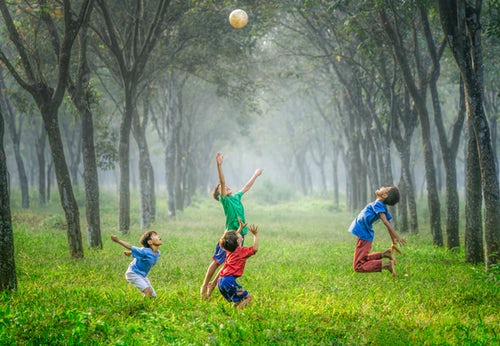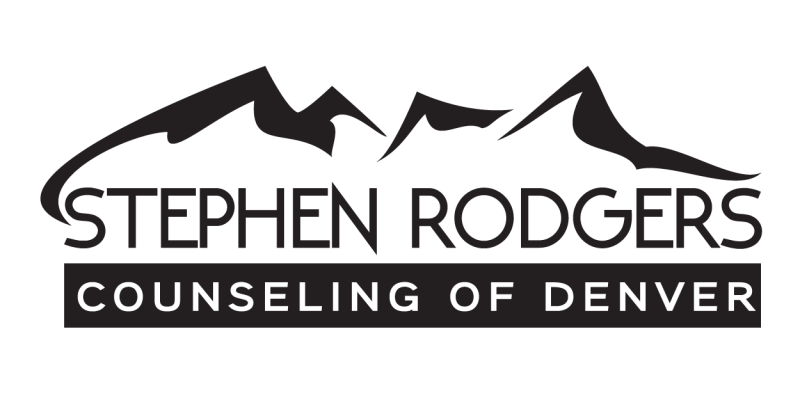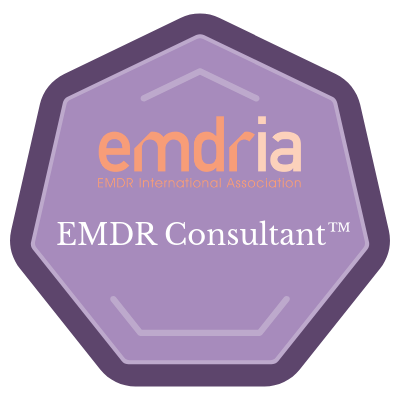How Adults Recover from Adverse Childhood Experiences
Most of us have heard about Post Traumatic Stress Disorder (PTSD) and its effects on mental health. It is not surprising that, similar to how adults are affected by negative experiences and develop PTSD, children also have long-lasting effects after adverse childhood experiences (ACE). In this article, we will introduce the ACE Study and how a child’s experiences can have lasting effects on their physical and mental health during adulthood.
What is The ACE Study?
The ACE study stands for “Adverse Childhood Experiences,” and it is a large-scale research which started in 1995. After discovering that the majority of his obese patients had suffered from sexual abuse during their childhood, scientists decided to take a closer look at the evidence. Additional research led to the understanding that adverse childhood experiences may increase the risk of several physical and mental health problems as children become adults.
Back in 1995, the ACE study started as an initiative from the Centers for Disease Control and Prevention (CDC) and the Division of Violence Prevention in association with Kaiser Permanente. In two years, over 17,000 patients were enrolled. They shared their childhood experiences and their medical records were paired up. This ongoing study looks at the connection between very common childhood experiences and adult mental health, physical health, risk-taking behavior, and mortality.
The ACE Study Considered Ten Different Adverse Experiences:
- Experiencing parents’ separation or divorce.
- Living with depressed parents or parents suffering from mental illnesses.
- Living with parents who suffer from any given addiction to substances.
- Witnessing mistreatment or abuse against one’s mother.
- Emotional or verbal abuse, including humiliation.
- Sexual abuse
- Physical abuse
- Physical neglect
- Emotional neglect
- Family members in jail
- More recent research suggests there may be other childhood experiences that should be taken into consideration, as in:
- Experiencing the death of a parent or both parents
- Growing up surrounded by a violent environment or neighborhood
- Extreme poverty
- Witnessing sexual abuse
- Being a victim of bullying from classmates or teachers
The results of the ACE study were both impressing and disturbing.
Adverse childhood experiences might be more common that we are led to think. For example, 21% of patients reported sexual abuse and 28% of them reported having suffered from physical abuse. Almost half of the patients reported two or more adverse childhood experiences at the same time, and the study suggests these events may have a cumulative effect.
In other words, as children have more adverse childhood experiences, they increase their likelihood of suffering multiple physical or mental health problems. But what consequences have the studies linked with this type of childhood experiences?
The consequences of adverse childhood experiences
The ACE study and many other lines of research have pointed out many consequences of adverse childhood experiences. They not only affect children, but continue doing so during their adolescence and adulthood.
Having one or multiple adverse experiences as those listed above would likely cause an impairment in the social, emotional or cognitive area in children. This often leads to the adoption of high-risk behavior such as high-risk sexual activities and substance dependency. Further, these would increase the likelihood of social problems, disability, and various diseases, and thus potentially even reduce their lifespan.
Adverse childhood experiences may impact children in various ways, and the pattern presented above is just one possible explanation that remains true in most cases. However, we will make a short review of the most common consequences, and how they affect both physical and mental health during adulthood.
- Early initiation of tobacco and alcohol: Adverse childhood experiences are often linked with underage drinking and tobacco consumption. There are often stressors at home, a family dysfunction, and several experiences leading to an early initiation in these practices. These children often continue consuming alcohol and tobacco during their adulthood and have a higher risk of alcoholism and chronic diseases associated with tobacco abuse.
- Increased risk of substance abuse in adulthood: When children live with parents who suffer from any given addiction to substances, they also increase their likelihood of substance abuse. The same happens in cases of physical, psychological or sexual abuse. As adults, they are also more likely to use an increased number of prescription drugs, and the early initiation of illicit drug use is increased 2-fold and even 4-fold.
- Depression: It is common in both children and adults. Sometimes, depression has its onset many decades after the adverse childhood experiences took place, but when we trace it back to its origins in therapy sessions, it becomes clear the source is placed back in their childhood. There are plenty of cases of geriatric patients with depressive disorders originally caused by adverse childhood experiences.
- A higher propensity to suicide: Closely linked to what we just mentioned, patients who report adverse childhood experiences often have major depression with severe symptoms such as suicide attempts. The risk of suicide attempt may increase 5-fold, and a recent study tested how these experiences have a cumulative effect by reporting a 24-fold risk in patients with 6 or more adverse childhood experiences.
- Anxiety and sleep disturbances: There is a higher chance of having sleep problems such as insomnia, a propensity to anxiety and poor management of stressful situations in people with a history of adverse childhood experiences. They would usually require therapy to overcome their recurring thoughts but often turns to prescription drugs, which is not a good idea given their increased propensity to become dependent on such drugs as well as illegal substances.
- Negative thoughts and beliefs: As the brain develops, undergoing adverse experiences encodes the brain into having more negative thoughts and beliefs, such as self-blame, shame, low self-efficacy, and undermined self-esteem. This distorted belief system often leads to an additional challenge in accomplishing your goals and things you would consider important in your life, such as finishing a degree or having and maintaining a good job. These individuals would also become mistrusting toward other people, expecting rejection and mistreatment, which profoundly affects their social interactions and functioning.
- High-risk sexual behavior: People with adverse childhood experiences often have an early sexual debut, more sexual partners, and a higher proportion of risky sexual behaviors. A study of risky behaviors in women reported 30 or more sexual partners and a higher risk to contract HIV in participants who had adverse childhood experiences.
- Other physical health problems: Many of the consequences of these childhood events are considered to be mental health problems. However, there’s also an increase in the prevalence of many other ailments, such as heart attack, diabetes, and chronic diseases. There are even studies linking having one or more adverse childhood experiences with poor dental health. Therefore, it becomes apparent that our experiences in our early life will not only cause emotional, social, and mental health consequences but also affect our physical health in the long term.
It is possible to overcome adverse childhood experiences during adulthood
Sharing your experiences and getting professional help to manage your conflicting thoughts and other consequences to your childhood experiences would be an essential step for your healing process. You are probably full of negative beliefs and thoughts continually holding you back to reach your goals and aspirations. But there’s a solution and your brain plasticity, which is the capacity to change and reorganize, is still conserved even if you’ve experienced severe childhood trauma.
There are several techniques and tools a psychotherapist may choose from according to your needs.
One of them is guided visualization, which is a tool used in psychotherapy to treat a vast number of emotional conditions. Guided visualization is not the same as hypnosis. Instead, it’s a very straightforward session where your therapist would lead you to imagine a scenario and a series of events or images.
Another powerful and very effective therapy to help people who went through trauma is called Eye Movement Desensitization and Reprocessing, or EMDR.
EMDR is a therapy that involves 8 different phases created to change the way your brain reacts to negative experiences from the past. A typical EMDR session would be set after a complete assessment of your traumatic experiences. In the next phase, clients learn relaxation and grounding techniques to prepare them for the trauma reprocessing. Then you will be presented with thoughts and images and be asked to perform a set of eye movements which allow the brain and the body to process the trauma. One session typically lasts 60 to 90 minutes, and it does not involve hypnosis. You will be fully awake and alert throughout the session.
Other activities and programs to heal
Psychotherapy is a powerful aid to recover from adverse childhood experiences. Through therapy sessions, you will be able to share your thoughts and feelings and will be guided by a professional to make appropriate changes to your belief system in order to achieve a healthier approach towards life. However, there are many other activities and programs you can try as an additional healing tool, for example:
- Mindfulness meditation: It is not an esoteric practice, it is actually used as a tool to modulate and improve your mood, control your negative thoughts and get in touch with reality leaving your fears aside. Studies show that meditation causes changes in brain structures that would help you regulate your emotions, improve your memory, reduce your mood swings and avoid impulsive behavior. It will help you if you’re constantly letting your mind wander around recurrent thoughts, which are usually negative and haunting.
- Increasing physical activity: You don’t need to enroll in the gym or group classes to say you have a proper physical activity. Regardless of the type of exercise you choose, increasing your physical activity will reduce your cardiovascular risk, fight off many consequences of adverse childhood experiences over your physical health, and improve your mental health in the process. Physical activity enhances brain function, help us regulating our mood, and will definitely make you feel better.
As you have seen, the ACE study has confirmed for many years how adverse childhood events would modulate physical and mental health as children grow into adulthood.
However, there are many helpful tools to prevent and treat the consequences of such events, even in adult patients. Psychotherapy is one of them, and it has many different aspects that would be applied to each patient according to their individual needs.
And still, there are many other helpful activities and tools such as mindfulness meditation, yoga, different types of physical activity and massage therapy. So, if you have survived from one or more adverse childhood experiences, there are plenty of options, and by reading this article, you have made the very first step towards a better you.






